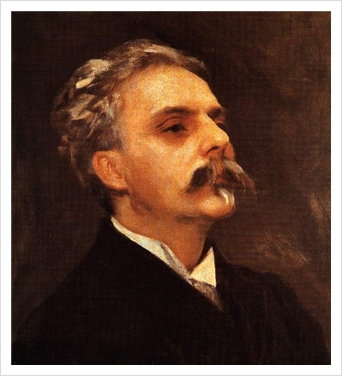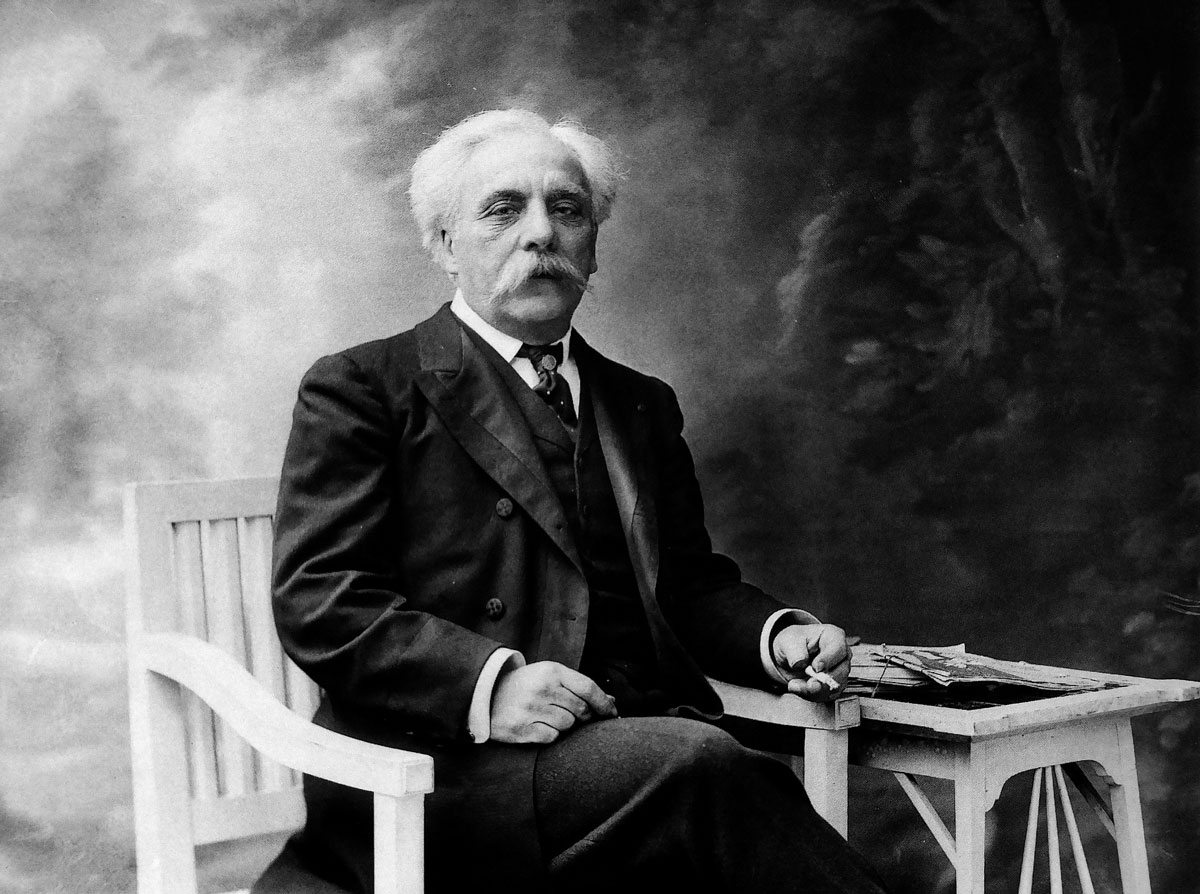

Gabriel Faure(Fauré)
Born: 1845Died: 1924
Education: École Niedermeyer music college in Paris, where he was trained to be a church organist and choirmaster
Career: Organist of the Église de la Madeleine and director/professor of the Paris Conservatoire
Fauré's musical ability was evident from an early age. Swiss composer and teacher Louis Niedermeyer heard his boy and immediately accepted him as a student. Fauré studied piano with Camille Saint-Saëns, who introduced him to the music of Franz Liszt and Richard Wagner. While still a student, Fauré published his first composition, Trois Romans sans paroles (1863), a work for piano. In 1896 he was appointed organist at the Church of La Madeleine in Paris and professor of composition at the Paris Conservatoire. In 1905, he succeeded Théodore Dubois as director of the Conservatory, a position he held until his failing health and hearing impairment forced him to resign in 1920. Among his students were Maurice Ravel, Georges Enesco, and Nadia Boulanger. Fauré excelled not only as a composer of great sophistication and sensitivity, but also as a composer in all fields of chamber music. He composed over 100 songs, including "Après un rêve" (c. 1865) and "Les Roses d'Ispahan" (1884), and La Bonne Chanson (1891-92) and L'Horizon chimérique (1922). I wrote a series of songs. He enriched piano literature with a number of highly original and exquisitely composed works, of which the 13 Nocturnes, 13 Barcarolles and 5 Impromptus are perhaps the most representative and best known. Fauré's Ballade for piano and orchestra (1881, originally arranged for solo piano, 1877-79), two sonatas for violin and piano, and Verchez for violin and piano (1880) are also popular works. Élégie for cello and piano (1880; arrangement for orchestra, 1896), two sonatas for cello and piano, and chamber music are frequently performed and recorded.

